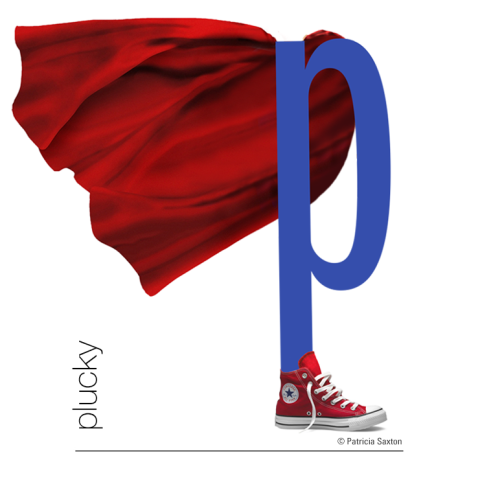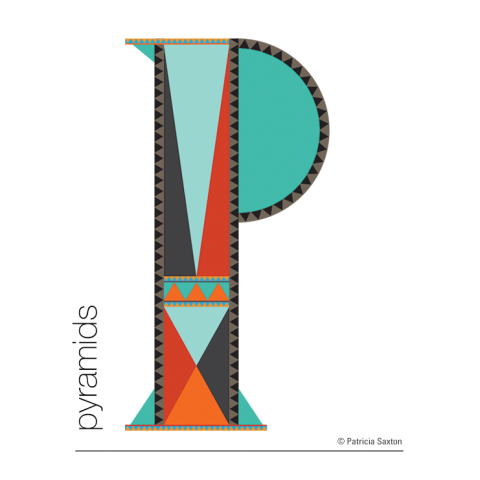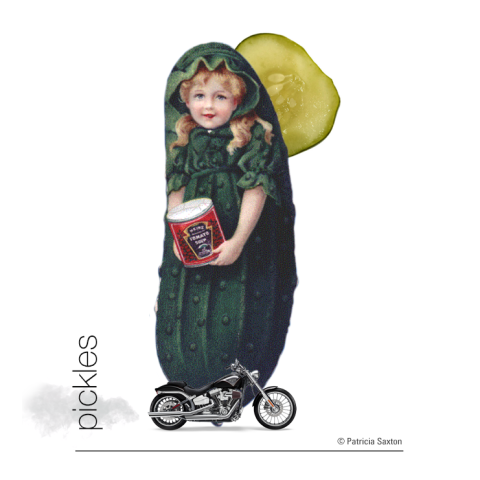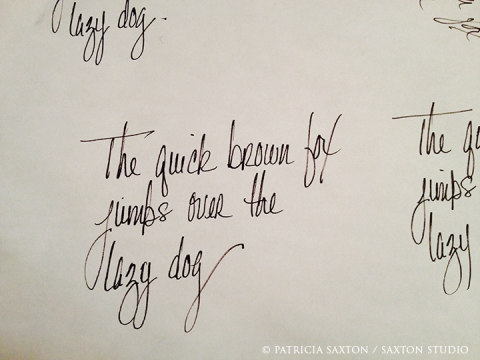A Plethora of P’s / #88, 89, 90, 91 & 92
proactively punctuating life with the plausible, powerful possibilities of positive thought presented through a plethora of “P’s”.
– ♥ –
#88: Plucky
 Plucky. Such a lively little word. Even better, it means something pretty good: it’s about showing courage in the face of difficulties or danger.
Plucky. Such a lively little word. Even better, it means something pretty good: it’s about showing courage in the face of difficulties or danger.
Sometimes it’s okay, and even necessary, to let someone else be brave. But sometimes we need to don our own capes and be our own source of courage.
– ♥ –
The physical, pen-in-hand act of writing is not only a form of communication, it’s a form of self-expression; another window into the soul. There’s also the value of hand-eye coordination, thinking patterns, and better comprehension when writing things down “painstakingly” by hand (not to mention knowing how to spell and use proper grammar and punctuation without spell-check tools). Doctor’s aside (why is this?), developing good penmanship is a plus any way you look at it.
I wrote an essay on the subject of cursive writing earlier this year, prompted by news stories that penmanship may be (or already has been) eliminated from childhood school curriculums. I feel pretty strongly. If interested, you can read that here. Meanwhile, please, write on.
– ♥ –
#90: Pets
Cats and dogs are probably the most common pets in any family, and with good reason. They provide companionship and are scientifically proven to increase our well-being. They love us, they teach us. And they make us better people by caring for something besides ourselves!
– ♥ –
#91: Pyramids
With three equal sides, the pyramid, or triangle, is the most stable form in our world. (Example: A three-legged stool is much harder to knock over then a four-legged one) In sacred geometry*, the triad symbolizes the trinity of life, of substance, intellect, and the force that drives it; it’s the point where matter, and consciousness connect with the higher realms. And according to Plato, triangles form the basic building block of the entire universe. That’s some pretty impressive stuff about the humble pyramid shape.
And then there’s the math: There are 5 types of triangles: right triangle, equilateral triangle, isosceles triangle, obtuse triangle and acute triangle – but no matter their shape or dimensions, the sum of all three angles always adds up to 180 degrees. Nice.
*Sacred Geometry is a term used to describe patterns, shapes and forms that are part of the make up of all living things and that regularly occur in nature. It is system of universal design in which the energy of creation organizes itself into form.
– ♥ –
#92: Pickles
When I hear the word pickle, I can’t help but think of Arlo Guthrie. (“I don’t want a pickle/ Just wanna ride on my motor-cickle…”) Now that I’ve dated myself, let’s move on.
Pickles are a flavorful, low-calorie vegetable high in vitamin K. This is good news for all the people who adore pickles, and too bad for me, as I’m only an occasional fan of pickles. The conditions have to be just right. My grandmother made her own pickles. Sweet pickles, they were called, and they were well-loved. Still, while I loved my grandmother’s home-made bread and just about everything else she made, I slithered away when the pickles were served. Same goes for pickled this and that. Pickling is clearly not my favorite flavor. It placed me in a bit of pickle to admit I didn’t like pickles. Maybe no one noticed.
……………………
Only 8 more Positive P’s to go!
(until next time, you can see the ongoing Plethora of P’s here)







